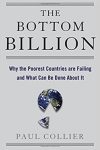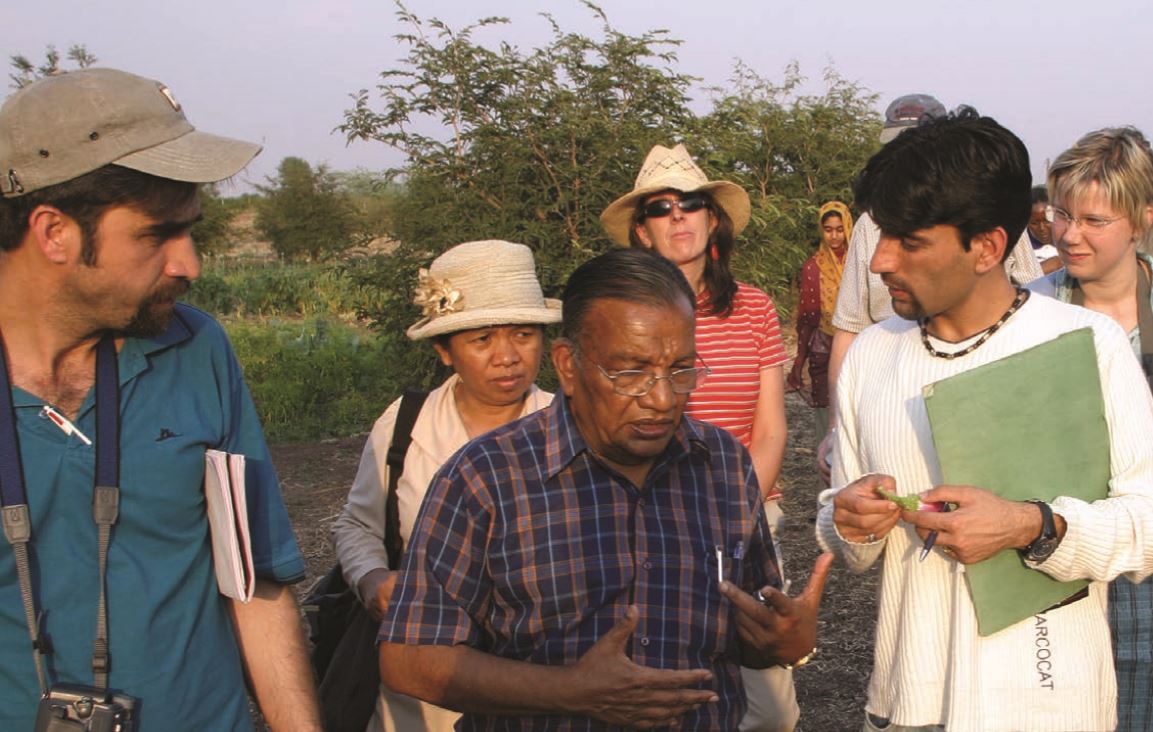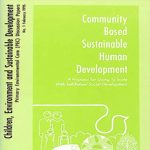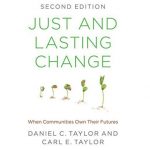Richard Wilkinson & Kate Pickett, The Spirit Level: Why Greater Equality Makes Societies Stronger (New York: Bloomsbury Press, 2009)
From the Foreword by Robert B. Reich (pages v-vi)
“Most American families are worse off today than they were three decades ago. The Great Recessions of 2008-2009 destroyed the value of their homes, undermined their savings, and too often left them without jobs. But even before the Great Recession began, most Americans had gained little from the economic expansion that began almost three decades before. Today, the Great Recession notwithstanding, the US economy is far larger than it was in 1980. But where has all the wealth gone? Mostly to the very top. The latest data shows that by 2007, America’s top 1 percent of earners received 23 percent of the nation’s total income—almost triple their 8 percent share in 1980.
This rapid trend toward inequality in America marks a significant reversal of the move toward income equality that began in the early part of the twentieth century and culminated during the middle decades of the century.” ….
“If politicians have failed to grapple with the issue of inequality, few scholars have done better. Philosophers have had little to say on the subject. Some who would tax the rich to help the poor frame their arguments as utilitarian. Taking a hundred dollars from a rich person and giving it to a poor person would diminish the rich person’s happiness only slightly, they argue, but greatly increase the happiness of the poor person….
Nor have economists, whom we might expect to focus attention on such a dramatic trend, expressed much concern about widening inequality. For the most part, economists concern themselves with efficiency and growth.”
From the Preface (pages ix – x)
(One of the best indicators of quality of life comes from) “trying to understand the causes of the big difference in life expectancy – the ‘health inequalities’ – between people at different levels in the social hierarchy in modern societies. The focal problem initially was to understand why health gets worse at every step down the social ladder, so that the poor are less healthy than those in the middle, who in turn are less healthy than those further up.” …
“The reason why the picture we present has not been put together until now is probably that much of the data has only become available in recent years. With internationally comparable information not only on incomes and income distribution but also on different health and social problems, it could only have been a matter of time before someone came up with findings like ours.”
From Chapter One (pages 3 – 8)
It is a remarkable paradox that, at the pinnacle of human material and technical achievement, we find ourselves anxiety-ridden, prone to depression, worried about how others see us, unsure of our friendships, driven to consume and with little or no community life. Lacking the relaxed social contact and emotional satisfaction we all need, we seek comfort in over-eating, obsessive shopping and spending, or become prey to excessive alcohol, psychoactive medicines and illegal drugs.” …
“For thousands of years the best way of improving the quality of human life was to raise material living standards….But for the vast majority of people in affluent countries the difficulties of life are no longer about filling our stomachs, having clean water and keeping warm. Most of us now wish we could eat less rather than more. And, for the first time in history, the poor are – on average – fatter than the rich. Economic growth, for so long the great engine of progress, has, in the rich countries, largely finished its work. Not only have measures of wellbeing and happiness ceased to rise with economic growth but, as affluent societies have grown richer, there have been long-term rises in rates of anxiety, depression and numerous other social problems. The populations of rich countries have got to the end of a long historical journey.
The course of the journey we have made can be seen in Figure 1.1. It shows the trends in life expectancy in relation to Gross National Income per head in countries at various stages of economic development. Among poorer countries, life expectancy increases rapidly during the early stages of economic development, but then, starting among middle-income countries, the rate of improvement slows down. As living standards rise and countries get richer and richer, the relationship between economic growth and life expectancy weakens. Eventually it disappears entirely and the rising curve in Figure 1.1 becomes horizontal – showing that for rich countries to get richer adds nothing further to their life expectancy. That has already happened in the richest thirty or so countries – nearest the top right-hand corner of Figure 1.1.
The reason why the curve in Figure 1.1 levels out is not because we have reached the limits of life expectancy. Even the richest countries go on enjoying substantial improvements in health as time goes by. What has changed is that the improvements have ceased to be related to average life living standards. With every ten years that passes, life expectancy among the rich countries increases by between two and three years….
While good health and longevity are important, there are other components of the quality of life. But just as the relationship between health and economic growth has leveled off, so too has the relationship with happiness. Like health, how happy people are rises in the early stages of economic growth and then levels off. This is a point made strongly by the economist, Richard Layard, in this book on happiness. (Happiness. London: Allen Lane, 2005.)
From Chapter 15 (page 215 – 217)
“Ever since the Brandt Report in 1980 people have suggested that social and environmental sustainability go together. It is fortunate that just when the human species discovers that the environment cannot absorb further increases in emissions, we also learn that further economic growth in the developed world no longer improves health, happiness or measures of wellbeing. On top of that, we have now seen that there are ways of improving the quality of life in rich countries without further economic growth.
But if we not need to consume more, what would be the consequences of consuming less? Would making the necessary cuts in carbon emissions mean reducing present material living standards below what people in the rich world could accept as an adequate quality of life? Is sustainability compatible with retaining our quality of life?
One starting point for answering this question is Figure 15.1 which shows that low infant mortality rates can be achieved without high levels of carbon emissions. Clearly many countries achieve levels of infant mortality as low as the richest countries while producing much less carbon. However, a more comprehensive answer to the question comes from the World Wildlife Fund (WWF), which analyzed data relating the quality of life in each country to the size of the ecological footprint per head of population. (World Wildlife Fund, Living Planet Report 2006. Gland, Switzerland: WWF International, 2007.) To measure the quality of life they used the UN Human Development Index (HDI) which combines life expectancy, education, and Gross Domestic Product.”










